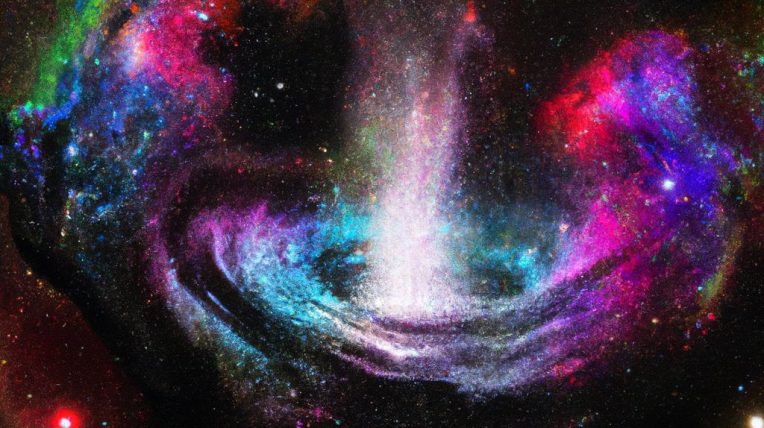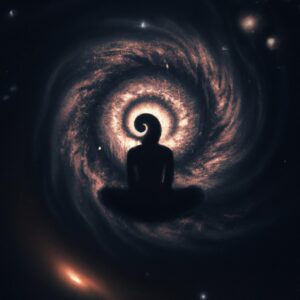The Art of Imitation: How AI Tries to Replicate Art Styles
Artistic interpretation is a complex and mysterious thing. Mimicking the style of the great masters of art is a challenge even for the most talented human artists, let alone machines. However, it’s fascinating to see how far artificial intelligence has come in its ability to imitate different art styles using image generators. Although AI image generators have begun to produce impressive works of art, there are several limitations that prevent these tools from completely replicating historical art styles.
Human Connection: The Element AI Can’t Copy
Firstly, let’s consider the crux of the issue. Art is a human endeavor, fueled by imagination, emotion, and personal interpretation. Every stroke of paint on canvas represents an artist’s unique perception of reality. Can an AI truly understand the nuances of color and form as Van Gogh did or capture the precise moment of movement as Degas did? Can it perceive the underlying emotion behind a painting?
The answer, at least for now, is no. AI image generators, in their current state, are unable to comprehend these nuances. They can’t see the emotional depth of the painting, the cultural context, or empathize with the thoughts and feelings the artist tried to convey. While they can mimic the physical style, they can’t capture the essence of it.
Dataset Limitations: Can AI Truly Replicate Real-World Reference Points?
Secondly, original art is created from reference points in the real world that are transformed through the artist’s unique perspective. Artificial intelligence, on the other hand, relies heavily on the data it’s been fed to generate output. Therefore, the AI’s ability to recreate the work of historical artists will inevitably be limited by the dataset it receives. It can only reproduce based on what it has been trained on, to begin with.
Moreover, it lacks the ability to understand and interpret historical or societal implications of the represented subjects. Many historical art pieces are heavy with context. They tell stories and carry meanings deeply rooted in the time and space they were created. Something AI is yet to learn.
The Issue of Originality
A third limitation involves innovation and originality. When an AI generates an image, it actually learns to copy the patterns of existing artworks without contributing any real original ideas or concepts. Despite AI’s best attempts, the pristine spark of creativity each great painter brought to his or her work is unique and cannot be replicated through algorithms.
In Conclusion: The Current Limitations of AI Art Generation
In conclusion, while the strides made by AI image generators are incredible, their limitations in replicating historical art styles are significant. The ability to grasp not just the brush strokes, but the emotional depth, context, and underlying currents in a painting are still beyond their capabilities. For anyone learning about art, AI offers an intriguing tool to study, but will never replace the experience of standing before a canvas, feeling the emotion seeping from the colour and lines, and understanding the power of human creativity.















